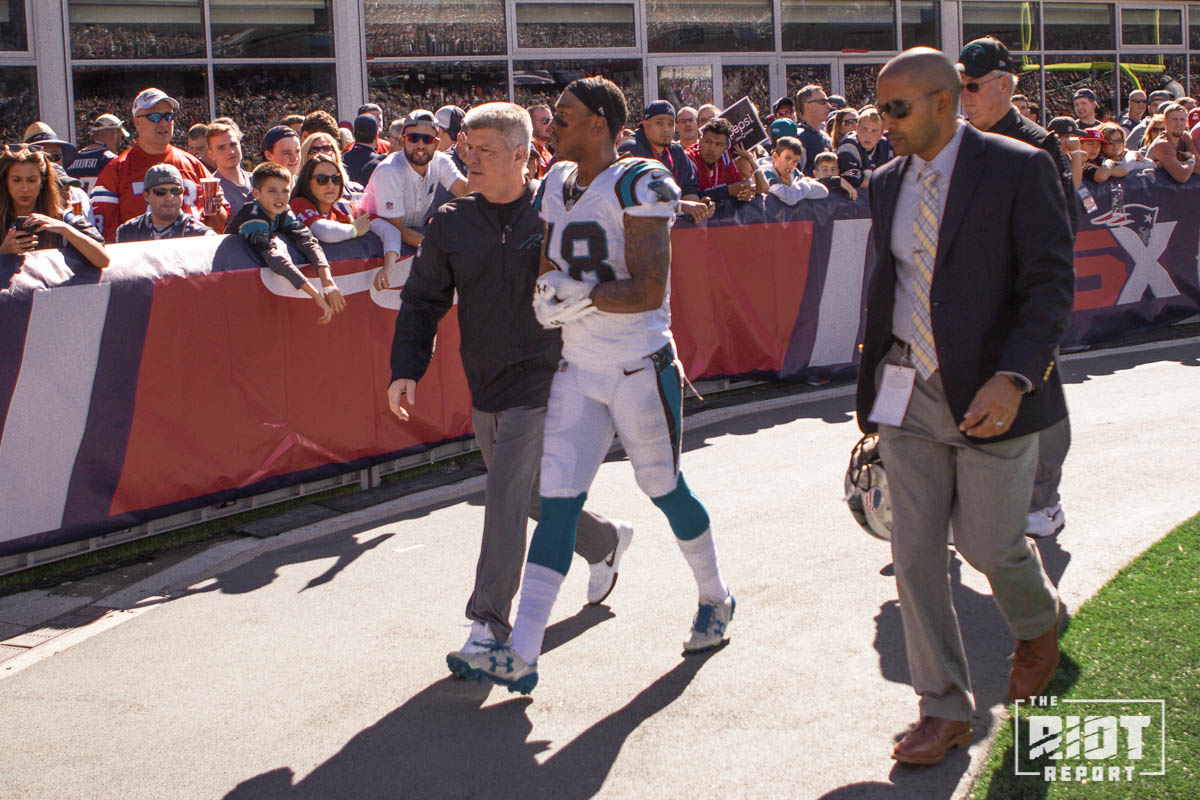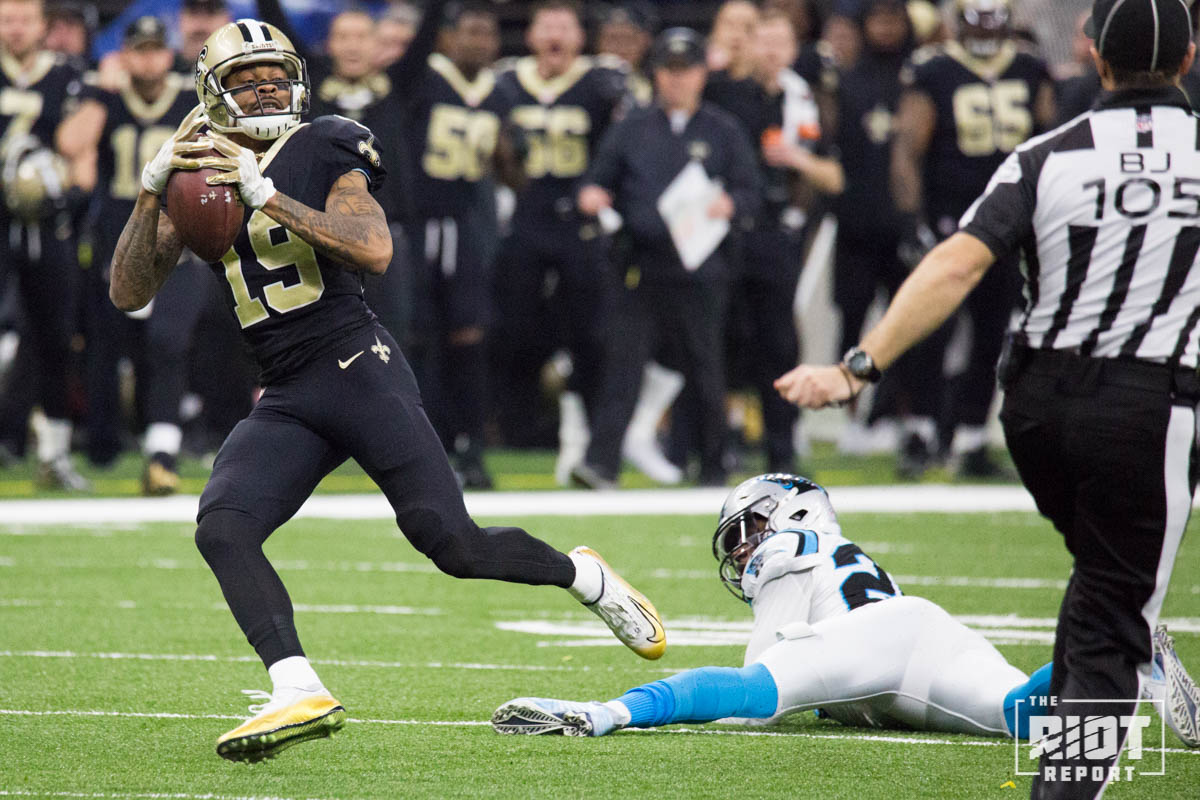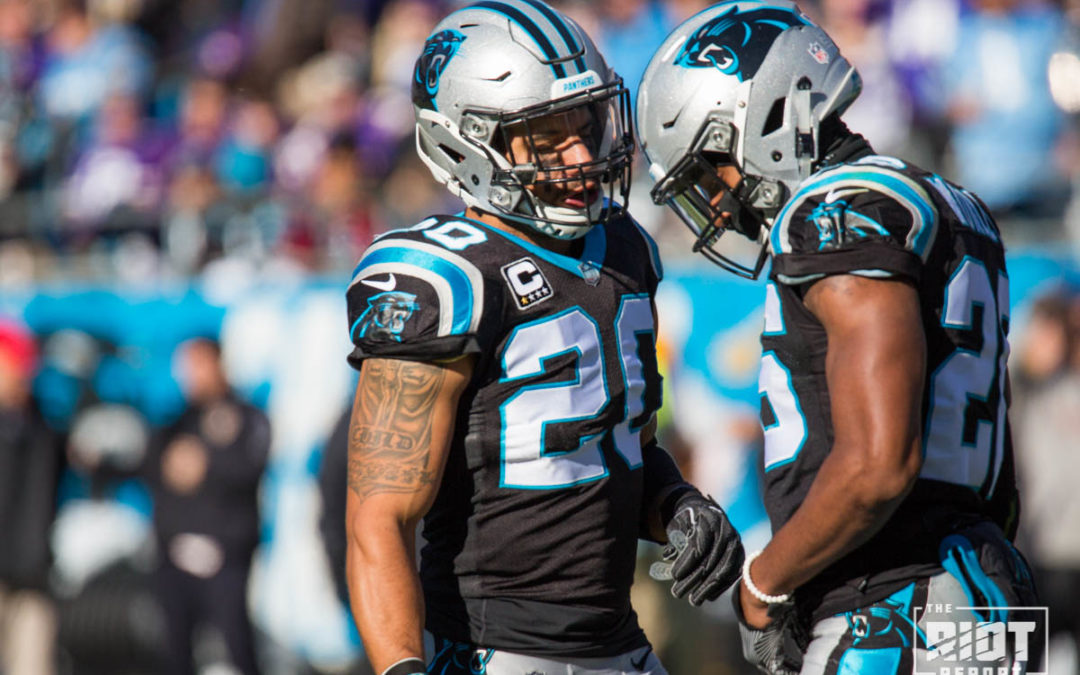There’s an old anecdote that has a young child bothering his father for something fun to do; while the father is busy at work, he rips a page from his textbook with a complicated picture on it and tears it into many pieces. He hands the child the pieces and some tape and tells him to put the complicated picture back together, figuring the task will occupy the kid for hours; however, he is surprised to find the child tugging at his shirt only a few minutes later. “How did you put the whole picture back together so quickly?”
“Well, I discovered that on the other side of the complicated picture, there was a simple picture,” said the child. “And I found that once I had put together the simple picture, the more complicated one was fixed as well!”
A football team is complicated with many problems, but sometimes to fix the bigger problems with the team, it’s important to focus on the less complicated problems that have easier answers; off the top of your head, what were the biggest issues the Panthers struggled with last season?
There are a few that come to mind, but two huge facets of the game that it was painfully obvious the Panthers needed help in as the team prepared for the playoffs – depth and production at wide receiver and an inability to stop opposing teams from passing the ball – were doomed to cost the team a chance at the Super Bowl. So when the Panthers lost in New Orleans to a Saints team that featured playmakers in both the defensive secondary and the wide receiver group, it was clear that the Panthers had to shore up some issues. This is how a team improves: by identifying weaknesses in your team and making them better.
Depth and Production At Wide Receiver

When the cadre of wide receivers left available for Cam Newton to throw to late in the season becomes a national joke that ends up emblazoned on a t-shirt worn by your head coach, there may be an issue with the depth in your wide receiver room – behind Devin Funchess, who was dealing with a shoulder injury for almost the entirety of the second half of the season, the Panthers were depending on players that hadn’t been on the roster in Week 1 to make a difference late in the season and in the playoffs – while Kaelin Clay and Brenton Bersin were perceived fan favorites, their play in New Orleans turned them into goats in the span of three hours – Clay dropped a sure touchdown early in the game and Bersin was tackled by the turf monster on what could have been a big gainer.
When Damiere Byrd and Curtis Samuel were both lost for the season, there weren’t many directions in terms of veteran presence or talent for Newton to turn to, but at this point, the wide receiver room is almost full of players that may not make it onto fantasy rosters come the start of the 2018 season, but will be able to contribute and know what it takes to win football games and matchups with defensive backs. Funchess, Byrd, Samuel and a returning Russell Shepard (who remains on the roster despite a cap hit that outweighs his 2017 production) are joined by Torrey Smith and Jarius Wright, who each fill specific roles in the offense; Wright a third-down specialist who makes his living when the chains need to be moved and Smith a veteran deep threat who has missed fewer games in his career than Byrd and Samuel missed during the 2017 season alone.
TEE SHIRT TIME pic.twitter.com/d05Lf9obZX
— The Riot Report (@RRiotReport) December 28, 2017
While fans may be disappointed in the lack of a splashy wide receiver signing, Cam Newton has proven time and again (especially during his 2015 MVP campaign) that when you combine a fully healthy – don’t forget he started the 2016 season with a concussion and last year recovering from shoulder surgery – #1, he can turn a relatively unknown group of wide receivers into the top passing offense in the league. And the Panthers may not be done forming their 2018 wide receiver group, with all signs pointing to the team drafting a wideout, perhaps Maryland standout DJ Moore, with an early pick.
Add to those the theoretical early-round draft pick and the team has seven (if you include Shepard) viable options at wide receiver, more than likely one too many to stay on the roster come September 1 – if the team is counting on retreads like Bersin again in Week 15, something catastrophic occurred in the room helmed by wide receivers coach Lance Moore.
Inability To Stop The Pass

While the Panthers defense ranked among the best in the league, that was mainly due to an insanely low rushing yardage allowed – 88.1 yards/game, third best in the league – and an impressive showing against some lesser competition during the first half of the season. Allowing less than 220 total yards in games against the 49ers, Bills and Bears helped hide what appeared to be a defense that was heading in the wrong direction as the season bore on, especially in the defensive secondary.
From poor tackling to “dirty eyes” to mental mistakes, Steve Wilks’ defense had issues throughout the secondary, particularly in the second half of the season. Over the final eight games of 2017, the Panthers gave up over 275 yards net passing yards per game, which would have been good for dead last in the league by a wide margin over the course of the entire year; with the front seven being among the most talented in the league, it was time to make some changes in the secondary, and that started with the tough task of releasing a former captain like Kurt Coleman and trading a player the team had invested a relatively high draft pick in with Daryl Worley. It’s never easy to part with locker room leaders like Coleman (especially when they sign with a division rival like the Saints) or trade a young, inexpensive piece like Worley, but a group that gave up 369 yards and 17 first downs through the air in their Wild Card loss to the Saints couldn’t be viewed as the answer for a team with Super Bowl aspirations.
A setback in the form of Bashaud Breeland’s failed physical may have cost Marty Hurney and the Panthers their number one target in free agency, but they rebounded by signing Ross Cockrell, a young cornerback with a knack for zone coverage, to man the outside along with James Bradberry; they also signed Da’Norris Searcy, a box safety who looks on tape to be more of a depth piece guarding against a Mike Adams injury, but who is expected to compete for a starting role in the secondary.
Have they fixed their defensive secondary? No – or perhaps ‘not yet’ is more appropriate – they’re not done in the defensive backfield, with the team meeting with Stanford safety Justin Reid recently and expected to select both a cornerback and safety in next month’s draft; there is plenty of help still available at the free safety spot should they not find the right fit in the draft or find that the recently resigned LaDarius Gunter is not a good fit for a transition to safety – Kenny Vaccaro, Eric Reid, Tyvon Branch and Tre Boston are all plug-and-play starters awaiting a deal in free agency.
While the wide receiver and defensive secondary still have “work in progress” hung squarely on their door, even if you don’t agree with the choices of the players brought in to help, the Panthers have identified areas where they needed some changes and made them. Now it’s up to the new pieces to fit into the puzzle.


